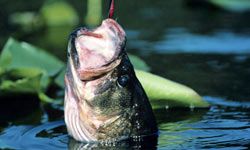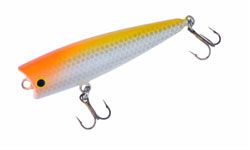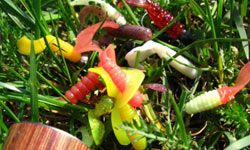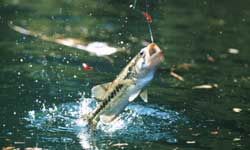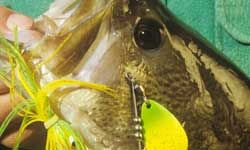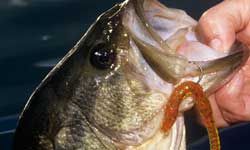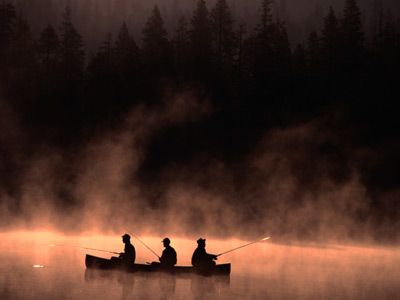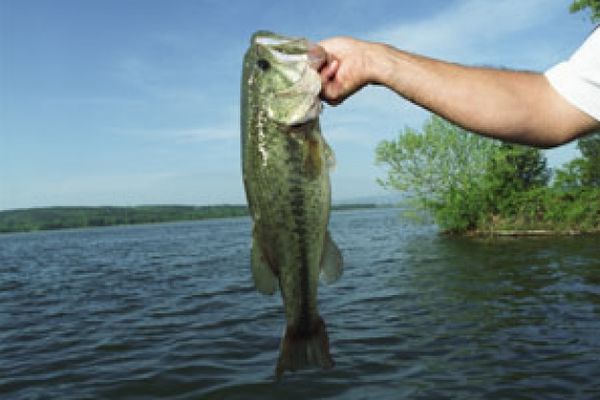The lure department at a bass fishing superstore is no place for the uninitiated. The staggering selection of bass lures can be downright overwhelming. There are lures of every imaginable shape, size and color, and each of them promises to bring in more and bigger bass with fewer snags.
To add to the confusion, there are bass fishing lures designed for every possible variation in water temperature, condition and season -- cold water, warm water, murky water and clear water, pre-spawn and post-spawn.
Advertisement
Rather than cramming a hundred different bass lures into their tackle boxes, most experienced smallmouth and largemouth bass fishermen narrow down their options to a few favorites that consistently bag the biggest fish.
While professional anglers are known to guard their lure selection strategies as closely as the locations of their favorite fishing spots, we've managed to reel in this list of 10 essential bass fishing lures that are famous for catching big bass year round across a broad range of water conditions. Want to find out the best lure to use, and when? Read on!
